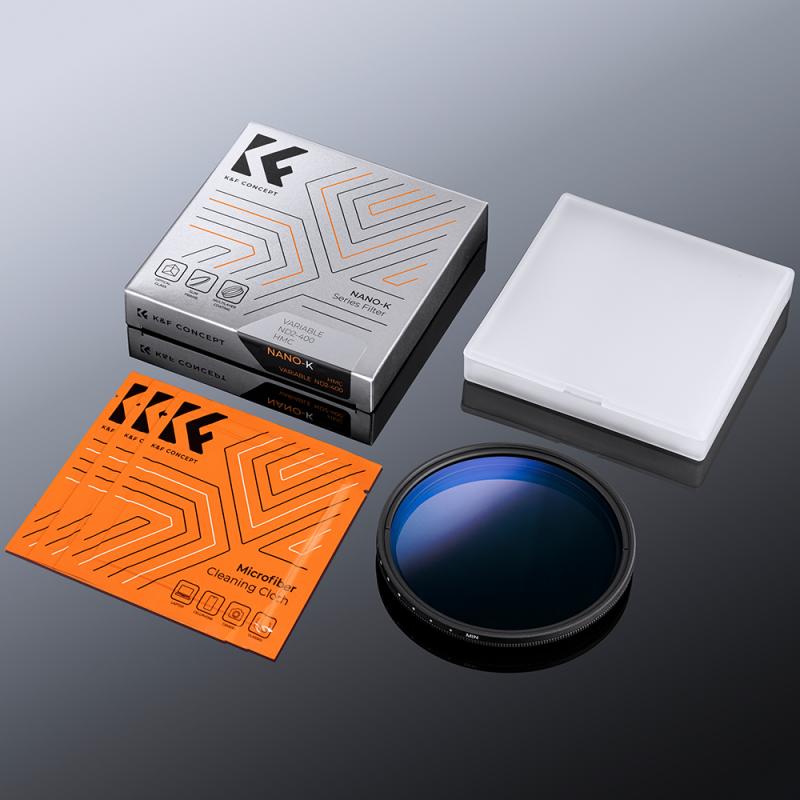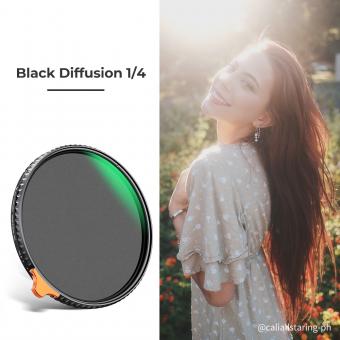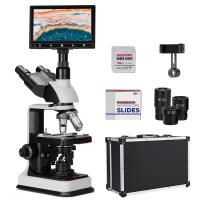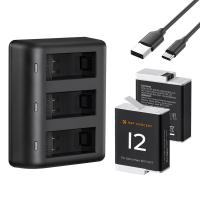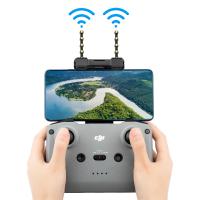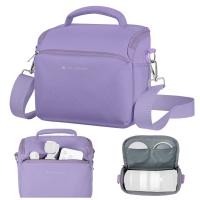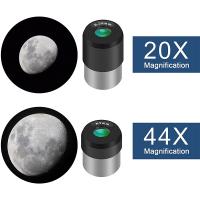How To Hold A Camera With Battery Grip ?
To hold a camera with a battery grip, first, ensure that the camera is securely attached to the grip. The battery grip typically attaches to the bottom of the camera body and provides additional battery power and a vertical grip for easier handling. Once attached, hold the camera with both hands, placing your right hand on the grip and your left hand on the camera body. This grip allows for a more stable and comfortable hold, especially when shooting in a vertical orientation. Make sure your fingers have a firm grip on the camera and that your hands are positioned comfortably to access the camera controls. Adjust your grip as needed to maintain balance and stability while shooting.
1、 Proper grip technique for holding a camera with battery grip
Proper grip technique for holding a camera with a battery grip is essential to ensure stability, comfort, and control while capturing images. Here's a step-by-step guide on how to hold a camera with a battery grip:
1. Attach the battery grip securely to your camera body. Make sure it is properly aligned and tightened to avoid any accidental detachment.
2. Hold the camera with both hands. Place your right hand on the grip, wrapping your fingers around it. Your index finger should rest on the shutter button, ready to capture the shot.
3. Position your left hand under the camera body, supporting its weight. Your fingers should be spread out, providing a stable base.
4. Keep your elbows tucked in close to your body. This helps to minimize camera shake and provides additional stability.
5. Maintain a firm grip on the camera, but avoid gripping it too tightly. A relaxed grip helps to reduce muscle tension and fatigue during long shooting sessions.
6. Use your body as a stabilizer. Stand with your feet shoulder-width apart and slightly bend your knees. This stance provides a solid foundation and helps to absorb any body movements.
7. Utilize the additional controls on the battery grip. Many battery grips come with extra buttons and dials that can be customized to suit your shooting style. Familiarize yourself with these controls to enhance your shooting experience.
It's worth noting that the latest point of view emphasizes the importance of ergonomics and customization options offered by battery grips. Manufacturers are now designing battery grips with improved ergonomics, ensuring a more comfortable and secure grip for photographers. Additionally, some battery grips offer customizable buttons and dials, allowing photographers to personalize their shooting experience and access frequently used functions more conveniently.
By following these guidelines and adapting to the latest advancements in battery grip design, photographers can achieve better stability, control, and overall shooting experience.

2、 Balancing the weight distribution when using a battery grip
When using a camera with a battery grip, it is important to know how to hold it properly to ensure stability and comfort. Holding a camera with a battery grip requires a slightly different technique due to the added weight and bulkiness. Here's a step-by-step guide on how to hold a camera with a battery grip:
1. Grip the camera body: Start by holding the camera body with your right hand, ensuring a firm grip. Your fingers should wrap around the grip comfortably, with your index finger resting on the shutter button.
2. Attach the battery grip: Securely attach the battery grip to the bottom of the camera body. Make sure it is properly aligned and locked in place.
3. Support the lens: With your left hand, cradle the lens from underneath, providing additional support. This helps to balance the weight distribution and reduces strain on your right hand.
4. Adjust your stance: Stand with your feet shoulder-width apart, maintaining a stable base. This will help you maintain balance and minimize camera shake.
5. Use your body as a stabilizer: Bring your elbows close to your body, tucking them in. This creates a solid foundation and reduces the risk of camera shake.
6. Utilize the viewfinder: Instead of relying solely on the LCD screen, use the viewfinder to stabilize the camera against your face. This adds an extra point of contact and improves stability.
Balancing the weight distribution when using a battery grip is crucial to avoid fatigue and ensure steady shots. By following these steps, you can hold your camera with a battery grip comfortably and securely, allowing you to capture great images with ease.

3、 Adjusting hand placement for comfortable camera handling with grip
Adjusting hand placement for comfortable camera handling with a battery grip is essential to ensure stability and ease of use while shooting. Holding a camera with a battery grip requires a slightly different approach compared to holding a camera without one.
To begin, attach the battery grip securely to the camera body. The grip provides additional space for holding the camera, making it more comfortable for those with larger hands. Once attached, adjust your hand placement accordingly.
Start by placing your right hand on the grip itself. Your fingers should wrap around the grip, with your index finger resting on the shutter button. This position allows for easy access to the camera controls and ensures a stable grip.
Next, position your left hand underneath the camera body, supporting its weight. Your fingers should be spread out, with your thumb resting on the side of the camera. This grip helps to balance the weight distribution and provides additional stability.
It is important to note that hand placement may vary depending on personal preference and the specific camera model. Some photographers prefer to place their left hand on the lens barrel for added support, while others find it more comfortable to rest their left hand on the camera body.
Additionally, with the latest advancements in camera technology, battery grips now often come with additional features such as vertical shutter buttons and extra control dials. These features can further enhance the shooting experience and provide more flexibility in hand placement.
Overall, adjusting your hand placement for comfortable camera handling with a battery grip is crucial for stability and ease of use. Experiment with different positions to find what works best for you and allows for a secure grip while shooting.
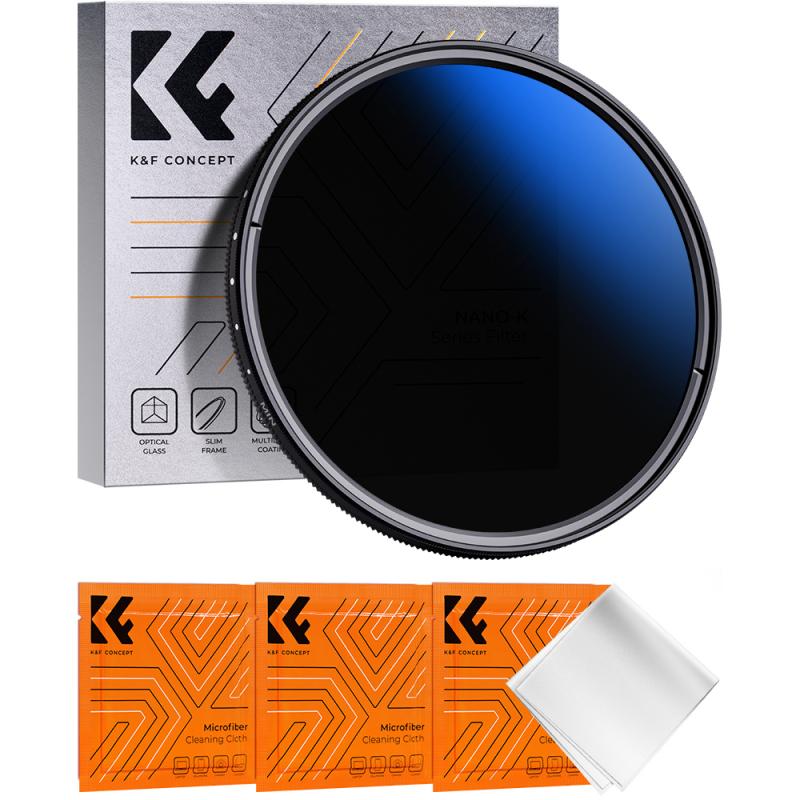
4、 Ensuring stability and minimizing camera shake with a battery grip
Ensuring stability and minimizing camera shake with a battery grip is crucial for capturing sharp and clear images. Here's a guide on how to hold a camera with a battery grip to achieve optimal stability:
1. Grip the camera with both hands: Hold the camera with your right hand on the grip and your left hand supporting the lens. This provides a balanced and secure hold on the camera.
2. Position your elbows: Keep your elbows tucked in close to your body to provide additional stability. This helps to minimize any unwanted movement or camera shake.
3. Use your body as a brace: Press the camera against your forehead or cheekbone to create a solid connection. This technique, known as "bracing," helps to stabilize the camera and reduce shake.
4. Utilize the battery grip's additional grip: The battery grip typically features an additional grip on the bottom. This allows you to hold the camera more comfortably and securely, especially when shooting in portrait orientation.
5. Maintain a firm grip: Ensure that you have a firm hold on the camera, but avoid gripping it too tightly, as this can lead to muscle fatigue and shakiness. Find a balance between a secure grip and relaxed hands.
6. Use image stabilization: If your camera and lens have built-in image stabilization, make sure it is activated. This feature helps to compensate for any small movements and reduces the risk of camera shake.
7. Consider using a tripod or monopod: For even greater stability, especially in low-light situations or when using heavy lenses, consider using a tripod or monopod. These accessories provide a solid base and eliminate any potential camera shake caused by handholding.
Remember, everyone's shooting style and preferences may vary, so it's important to experiment and find the most comfortable and stable grip for you.
